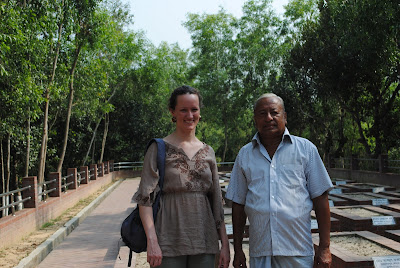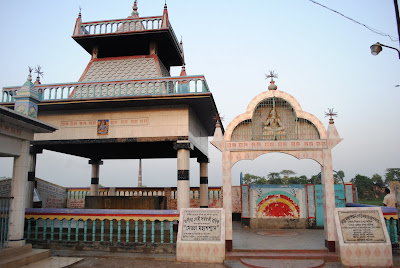Shah Jalal is a Saint from the region of Syhlet, Bangladesh. I was able to visit his shrine in Syhlet, which has become a place of pilgrimage for thousands of muslims from all over Bangladesh.
Shah Jalal was buried in Sylhet and his tomb attracts visitors every day. His robes and sword are preserved within the mosque, but are not on display to the public. The guardians of the shrine decide who may enter to view the tomb, and sometimes visitors are turned away if the guardians feel that they are dressed inappropriately. In the evenings, the tomb is illuminated by candles and outside visitors will find a massive pond filled with catfish and a separate tank with gold fish, both of which are considered sacred.





 Posted by
Posted by


































